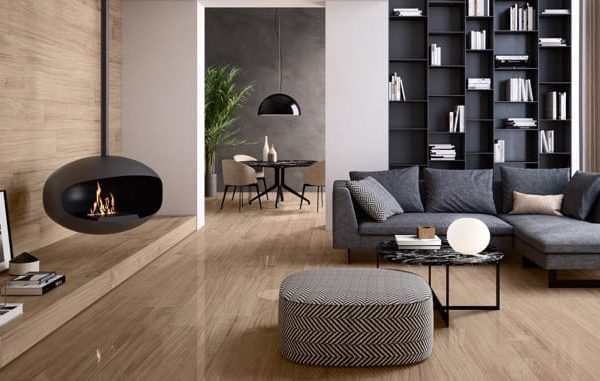Technical


What are ceramic tiles? | by Livio Salvadori
Article published in: "Ceramic tile: one material, many areas of use"
Ceramic is one of the oldest materials used by mankind. Countless archaeological artefacts dating from every period in history demonstrate that floor coverings, everyday objects, statues, decorations and terracotta items of various kinds have accompanied the birth and development of civilisation all over the world. But ceramic is also one of the most modern and advanced materials of our age.
Thanks to continuous technological innovation and steady improvements to their intrinsic properties, ceramic materials have developed enormously and are now adopted for important applications in an increasingly wide range of sectors, from electronics to mechanical engineering, from nuclear engineering to chemistry and aerospace… and of course architecture where latest-generation ceramic slabs are widely used for cladding floors, walls, furnishings and façades.
Italian ceramic tiles are industrially-made products obtained from a mixture of clay, sand and other raw materials widely present in nature (feldspars, kaolins, quartzes, etc.), mixed together in different proportions according to the desired type of product. These bodies are suitably processed and formed while wet, then dried and subsequently fired at high temperature (up to 1250°C according to the type of product), giving the finished material exceptional overall properties of hardness, mechanical strength, rigidity and inertia.
Various different types of ceramic tiles are available depending mainly on the forming process (pressing or extrusion), the body raw materials (red or white body), the body structure (porous or compact), dimensions and sizes, as well as the surface effect that can be obtained (glossy, matt, natural or textured).
Glazed tiles have a coloured glaze surface layer that gives them important aesthetic qualities (colour, glossiness, decoration, shading, etc.) and technical characteristics (hardness, impermeability, etc.). These characteristics depend on the kind of glaze and may vary significantly.
Unglazed ceramic tiles are virtually uniform across their entire thickness without any kind of discontinuity, while the decoration is determined by the mixture of powders. Due to technological innovation and the advent of digital decoration, the distinction between glazed and unglazed tiles is gradually disappearing in the case of the most technologically advanced tiles, namely porcelain stoneware.
The tile body may either be compact and vitrified almost like glass or may contain interconnected pores. The degree of porosity is determined by measuring water absorption: the higher the degree of water absorption, the more porous the body.
Depending on the raw materials used, the tile body may be coloured (from yellow to reddish-brown, with an entirely series of intermediate colours) or pale (sometimes even white). In the case of glazed tiles the body colour is relatively unimportant, whereas in some unglazed products unique colour effects throughout the tile’s thickness can be achieved by adding colouring pigments to the body.
Pressing and extrusion are the two forming methods used. Pressed tiles are obtained from a mixture of powders, which are compacted and shaped at high pressure in a press. Extruded tiles are produced from a mix of raw materials which is pushed through a specially-shaped orifice to achieve the desired final shape.
Tiles are available in various shapes, the most common being the square and rectangle although other more complex geometries are also possible (hexagon, octagon, triangle, trapezium, etc.). They can also be cut using waterjet techniques to obtain custom shapes and designs. Tiles come in a wide range of sizes from small mosaics through to modular panels or slabs with side lengths of 60 cm, 80 cm, 100 cm, 120 cm or more and a surface area up to 5 square metres or larger. These slabs can subsequently be cut into smaller submultiples. Thicknesses vary from 3 mm to 20 mm or more depending on the intended use.
January 2019
Other articles published in Ceramic tile: one material, many areas of use

Improving living spaces with ceramic tiles
The right choice of finishing materials is vital for creating high-quality contemporary living spaces, an application in which Italian ceramic tiles can play a particularly important role.








